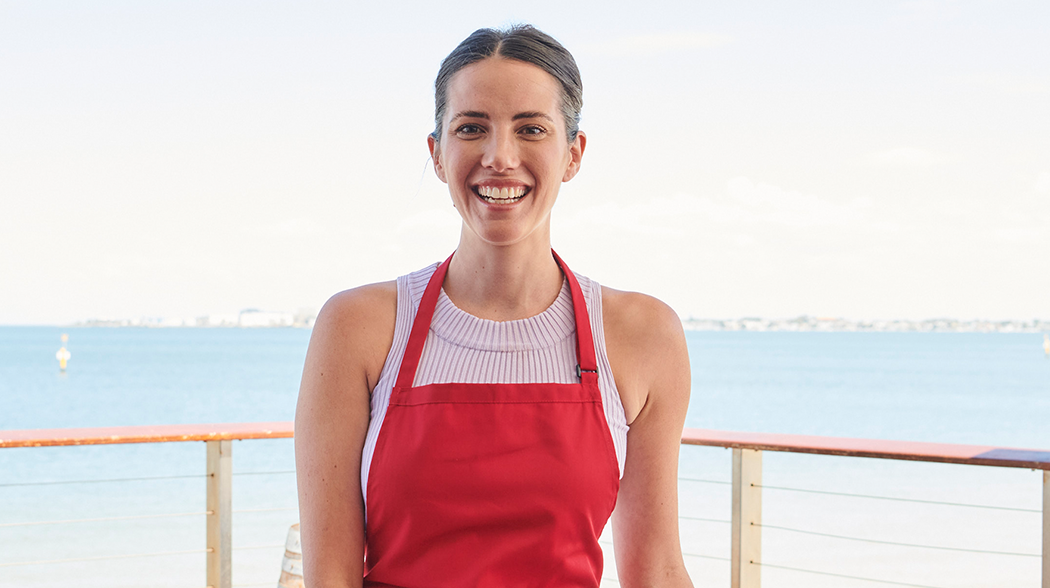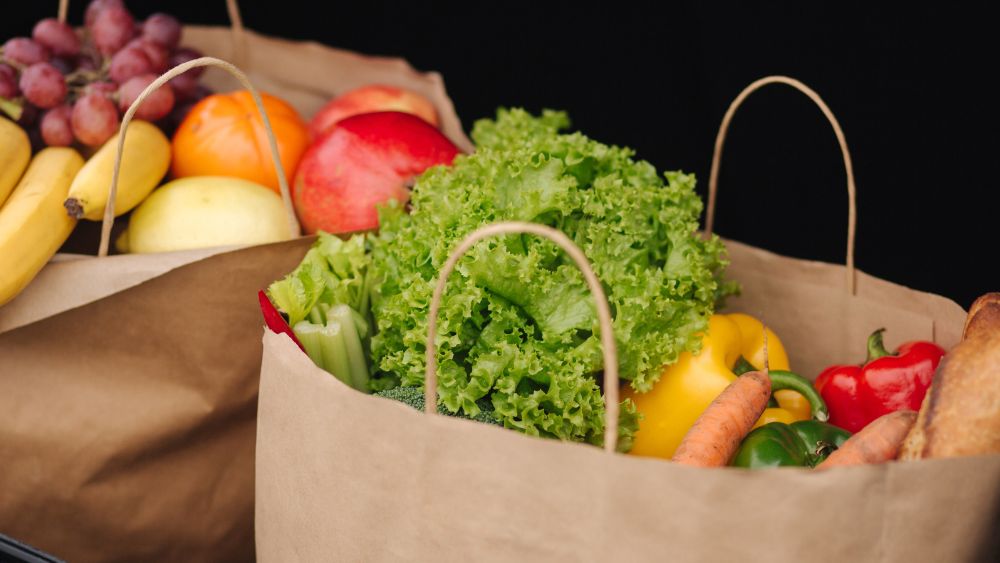The old Kiwi dream was pretty modest. All we asked for was a nice house with a backyard. As the population grows, it becomes increasingly difficult to have a patch of grass to call your own in the city, especially one big enough for growing produce.
We know that eating plant-based food can help us look after our gut health, lower risk of heart disease1, and help the planet through a climatarian diet.
But in our increasingly built-up cities, having a patch of grass to grow your own veggie patch can feel like a luxury. The good news is you can still grow fresh, seasonal veggies in small, inner-city spaces – you just have to get a little bit creative. Here are a few ways to do it.
Pots on the patio
If you have a small and sunlit porch, deck, or courtyard, consider growing fruits and vegetables in a range of pots or raised planter beds. You can buy many vegetables at ‘dwarf’ size, and these will grow well in a small space. Just remember that vegetables typically need six hours of full sun each day and like to be protected from strong winds2, so factor this in when you’re planning the layout of your patio patch.
Your local nursery is a great place for advice on what will grow best in different types of pots. As a general guide, carrots, beets, lettuce, and radishes are great for small to medium pots (and perfect to have on hand for your next dinner party grazing plate). Small fruit trees will grow well in a small space too. They’ll just need larger pots with a diameter of 50 centimetres or more, as well as excellent drainage3.
Edible balcony
Most vegetable plants can thrive on even the smallest balcony, as long as they get their daily dose of full sun. Before you plant your produce, check how the sun travels across your balcony throughout the day, and consider how that might change with the seasons.
Try to grow each veggie in its own container, because this will help its roots develop without restriction from a competing plant. Containers should also be large enough for the soil to hold enough water to keep the full-size plant hydrated throughout the day – especially when it’s warm or windy.
Finally, the depth of your container will help you decide what to plant in it. Lettuces and herbs grow well in shallow containers around 10 to 14 centimetres deep. Containers that are 15 to 18 centimetres deep are ideal for peas, beans, and onions. Carrots, cucumber, eggplant, leeks, or fennel will grow well in containers that are 20 or more centimetres deep.
Climbers and hangers
If you have limited ground space, try planting your vegetables in hanging baskets attached to a secure awning or veranda. Or go vertical: securely attach lattice to a fence or wall and choose vegetables that climb naturally4, such as climbing peas and beans, vine tomatoes, cucumbers, and melons.
Hardware stores also sell a range of vertical planters5, living walls, and vertical garden kits that make installation a breeze.
Sunny herbs
For fruit and veg lovers who don’t have access to a balcony or patio, creating a home-grown garden can be more of a challenge. But if you have a windowsill or even a bench space that gets a few hours of sun each day, you can still achieve the wafting aroma of fresh herbs and add a touch of freshness to your cooking and entertaining. The key is to choose a couple of herbs that you’ll use often and place them in small pots with good soil6. Bonus: just by simply being in the room with you, these herby indoor greens can help to improve your wellbeing.
Feeling inspired to explore the produce potential of your urban patch? Consider joining an online gardening community to see how others make it work. Your local nursery, city farm, or community garden7 is also an excellent place to pick up advice about what veggies are suited to your space, no matter how big or small – or how green your thumb.
Footnotes:
- https://www.heartfoundation.org.nz/wellbeing/healthy-eating/nutrition-facts/plant-based-vegetarian-vegan-diets#:~:text=What%20are%20the%20benefits%20of%20a%20plant%2Dbased%20diet%3F
- https://www.gardeningchannel.com/six-hours-sun-vegetable-garden/
- https://www.abc.net.au/gardening/starting-an-orchard/102663296
- https://www.yates.co.nz/ideas-plans/project-guides-articles/all/climbing-edibles/
- https://www.bunnings.co.nz/products/garden/plant-pots-planters-baskets/vertical-gardens
- http://balconygardenweb.com/how-to-make-a-windowsill-herb-garden-6-easy-steps/
- https://goodmagazine.co.nz/spirit-of-community-gardens/#:~:text=Community%20gardens%20around%20the%20country






